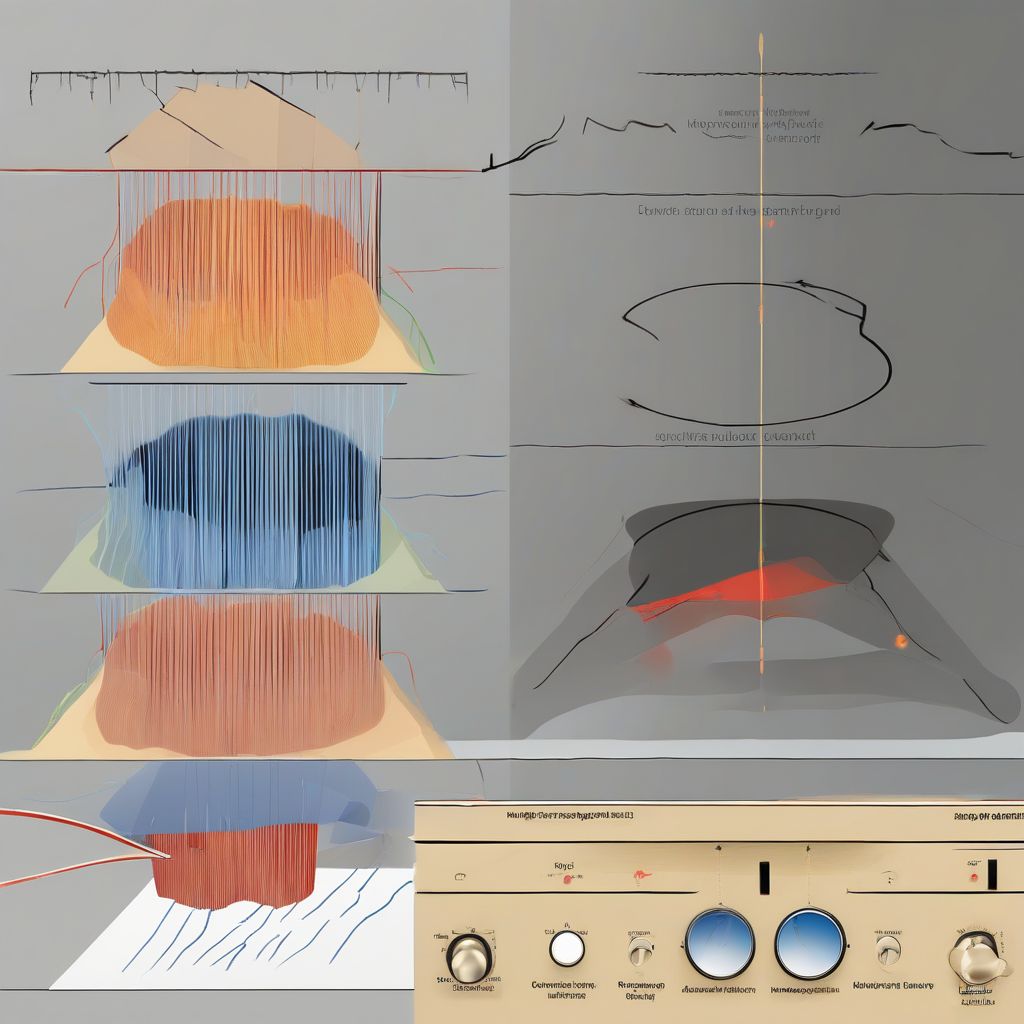Ever dreamt of laying down a killer guitar track or recording a crystal-clear podcast episode right from your home? It’s totally achievable, but unwanted noise can quickly turn your studio dream into a frustrating echo chamber. That’s where soundproofing comes in. It’s easier than you think to transform your space into a quiet haven for recording. Let’s dive into some practical tips to make your home studio a soundproof sanctuary!
Understanding the Sound of Silence: It’s All About Absorption and Blocking
Before we get our hands dirty, it’s helpful to understand the basics. Soundproofing isn’t about achieving pure silence; it’s about minimizing unwanted sounds that interfere with your recordings. We can achieve this through two main methods:
- Absorption: Think of acoustic panels, carpets, and even furniture. These materials absorb sound waves, preventing them from bouncing around the room and causing echoes.
- Blocking: This is where we get a bit more heavy-duty. Think drywall, mass-loaded vinyl, and specialized soundproofing insulation. These materials add mass and density to your walls, floor, and ceiling, physically blocking sound from escaping or entering.
 Sound Absorption vs. Blocking
Sound Absorption vs. Blocking
Practical Tips to Soundproof Your Home Studio
Now, let’s get down to the nitty-gritty. Here are some proven techniques to soundproof your studio without breaking the bank:
1. Identify Your Noise Sources: Know Your Enemy
Before you start tearing down walls, take some time to identify the culprits. Are you battling traffic noise, chatty neighbors, or the rumble of appliances? Pinpointing the sources will help you target your soundproofing efforts effectively.
2. Start with the Doors: The Weakest Link
Doors are often the biggest culprits of sound leakage. Here’s how to beef up their defenses:
- Weatherstripping: Apply weatherstripping around the door frame to create an airtight seal, preventing sound from sneaking through the gaps.
- Door Sweeps: Install a door sweep at the bottom to block sound from slipping under the door.
- Solid Core Doors: If you’re serious about soundproofing, consider upgrading to a solid core door. They are far denser and better at blocking noise than hollow-core doors.
3. Windows: Your View to a Quieter World
Windows, just like doors, can be significant sources of noise pollution. Here’s how to soundproof them:
- Acoustic Curtains or Blankets: Thick, heavy curtains or sound-absorbing blankets can dramatically reduce noise entering through windows.
- Window Inserts: For a more permanent solution, consider window inserts. These are custom-made acrylic or glass panels that fit over your existing windows, adding an extra layer of soundproofing.
- Weatherstripping: Just like doors, weatherstripping can be applied to window frames to seal gaps and prevent sound leakage.
4. Walls: Building Your Sonic Fortress
Walls are your next line of defense. Here’s how to make them soundproof powerhouses:
- Add Mass: The heavier and denser your walls, the harder it is for sound to pass through. Consider adding an extra layer of drywall with Green Glue Compound, a specialized sound-dampening adhesive, sandwiched between.
- Acoustic Panels: These panels are your best friends when it comes to absorbing sound reflections within the room, taming echoes and reverb. Place them strategically on walls and corners for optimal sound control.
- Soundproof Insulation: During the construction or renovation phase, consider installing soundproof insulation, like mineral wool or Roxul Safe’n’Sound, in your walls. They’ll make a world of difference.
5. Floors and Ceilings: Don’t Forget What’s Above and Below
- Thick Carpets and Rugs: For floors, thick carpets with a dense pad underneath can significantly absorb impact noise.
- Ceiling Clouds: If you’re dealing with noise from above, consider installing acoustic ceiling clouds. These panels hang from the ceiling and absorb sound waves, preventing them from bouncing back down.
6. Declutter and Rearrange: Let the Sound Flow Freely
Believe it or not, the way your studio is furnished can impact its acoustics. Declutter the space, as too many objects can create sound reflections. Experiment with furniture placement to minimize sound build-up in specific areas.
7. Sound Masking: The Art of Subtle Distraction
Sometimes, complete silence can actually be counterproductive, making even the faintest noises distracting. Introducing subtle background noise, like a white noise machine or a quiet fan, can help mask those tiny sounds and create a more focused recording environment.
Soundproofing on a Budget: Effective and Affordable Solutions
You don’t need a Hollywood studio budget to soundproof your space effectively. Here are some budget-friendly tips:
- DIY Acoustic Panels: Get crafty and build your own acoustic panels using affordable materials like wood frames, acoustic foam, and fabric.
- Bookcases as Sound Barriers: A well-stocked bookcase can double as a sound barrier. Fill it with books of varying sizes to help diffuse and absorb sound waves.
- Used Furniture and Materials: Check out local classifieds, secondhand stores, or online marketplaces for deals on used acoustic treatment materials or furniture that can enhance your soundproofing efforts.
The Recording Oasis Awaits: Enjoy the Sweet Sound of Success
Soundproofing your home studio doesn’t have to be overwhelming or expensive. By implementing these practical tips and tricks, you can create a recording space that’s both sonically pleasing and conducive to creativity.
Remember, a quieter studio environment translates to cleaner recordings, allowing your musical or vocal talents to shine through without distraction. So, roll up your sleeves, get creative, and transform your home studio into the soundproof sanctuary you’ve always dreamed of!
[amazon bestseller=”Acoustic Panels”]
